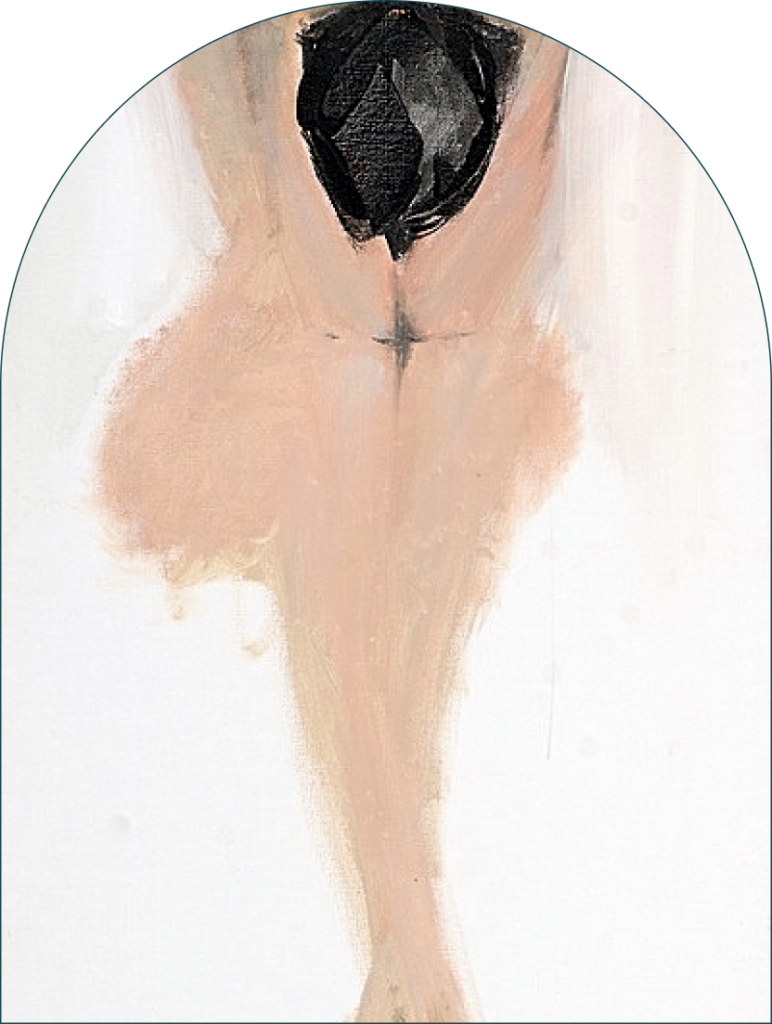
Born in Burgos, Spain, in 1924, Manuel Felix Quintanilla studied architecture and fine art at the prestigious University of Madrid. Quintanilla’s works of art feature sculptural occasionally geometric form, which exudes serenity, peace and orderliness. Yet the imagery also gracefully conveys untamedness, passion and spontaneity. Manuel Quintanilla’s relentless metaphysical and existential quest shines through his oil paintings that emanate a mysterious timeless glow.
Manuel Quintanilla has been greatly influenced by the classical writers and the modernist poets of his motherland such as Miguel de Cervantes, Lope de Vega, Francisco de Quevedo, Federico Garcia Lorca, Luis Cernuda and Rafael Alberti. This has further reinforced Quintanilla’s inherent devotion to his native Spain, particularly to Catalonia, whose great sons, Picasso and Dali, he acknowledges with filial affection, although never forgetting to be himself at the same time.
The artist has also managed to launch a successful writing career in his adolescence. Throughout his life, Quintanilla, a prolific writer, published more than 130 works and was granted more than thirty literary awards. Among Manuel’s most important published artistic literature is a manifesto on Essentialism titled “Manifiesto Esencialista”, which was translated into four different languages. Quintanilla’s drawings, paintings and lithographs have a prominent philosophical underpinning; they all represent the Essentialist idea of simplification of form.
Female nude is the main theme of the artist’s repertoire with the other works being still lifes, visual allegories and abstractions. Quintanilla’s unique artworks constitute a convergence of the traditional and the avant-garde; the artist creates both as a disciplined academic and as a free spirit and even to some extent as a rebel.
While staying in London and Rome, Manuel Quintanilla had direct contact with some of the pivotal figures in the spheres of art, music, literature and cinematography. Reflecting on this period, the artist wrote his book “13 Fenomenos” that includes essays on Igor Stravinsky, Salvador Dali, Pablo Picasso, Henry Moore, Drago Cherina, Ernest Hemingway, Federico Fellini and Aleksandr Solzhenitsyn.
Manuel Quintanilla, an independent deep thinker, a truth seeker and an individualist, was always in search of his own philosophy of life. During his residence in Spain, the artist preferred the company of intellectuals, often joining social gatherings at the famous ‘Café Gijón’. “Free will must rule over all concepts” is Manuel Quintanilla’s famous saying that most definitely is characteristic of him. Since 1972, Manuel Quintanilla has been living in Beckenham, in United Kingdom. Manuel’s artworks have maintained his legacy as they have been exhibited in over thirty-four museums worldwide.
*required fields
We will process the personal data you have supplied in accordance with our privacy policy (available on request). You can unsubscribe or change your preferences at any time by clicking the link in our emails.